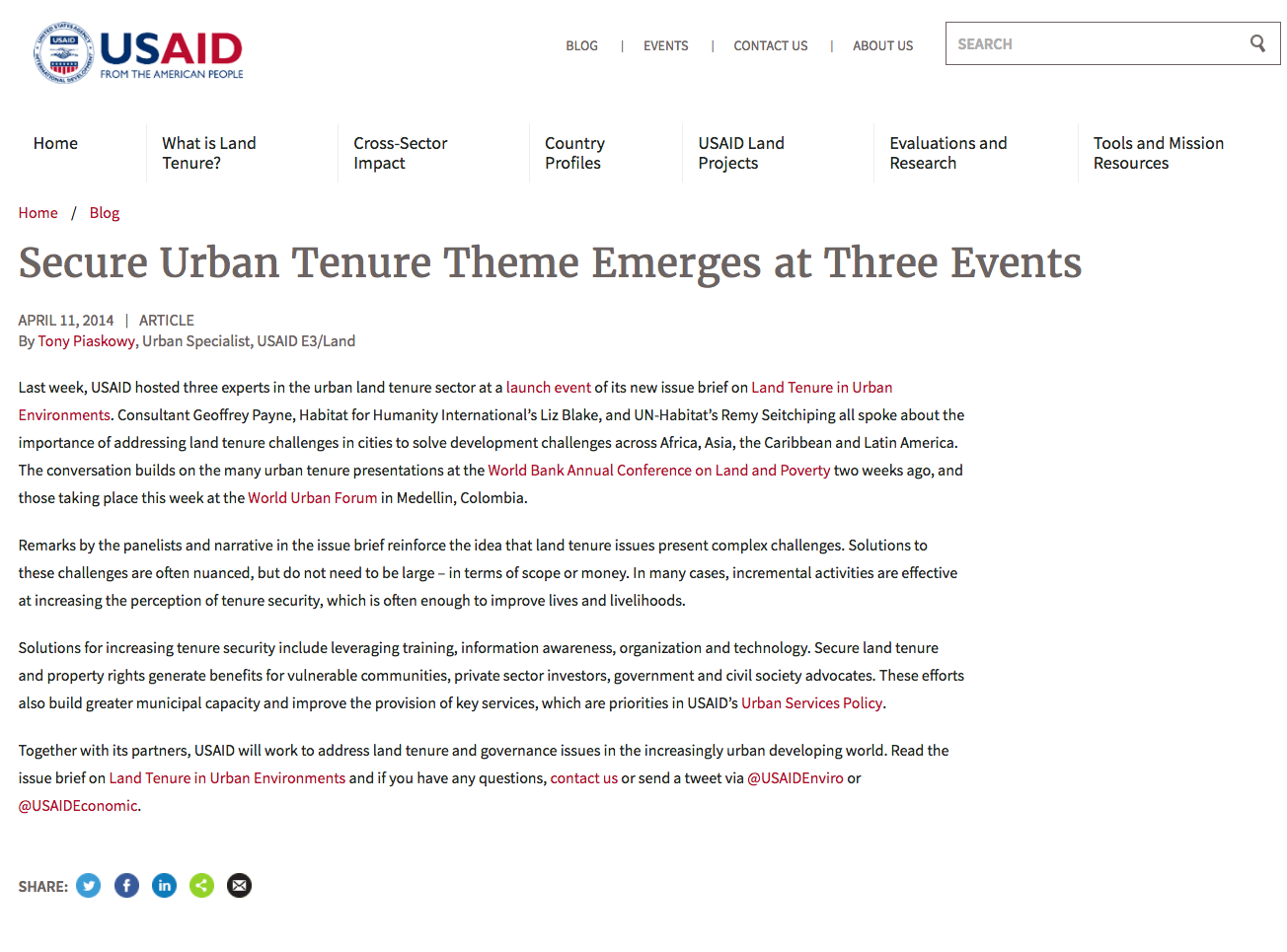Analyzing Urban Systems : Have Megacities Become Too Large?
The trend toward ever greater
urbanization continues unabated across the globe. According
to the United Nations, by 2025 closes to 5 billion people
will live in urban areas. Many cities, especially in the
developing world, are set to explode in size. Over the next
decade and a half, Lagos is expected to increase its
population 50 percent, to nearly 16 million. Naturally,
there is an active debate on whether restricting the growth


